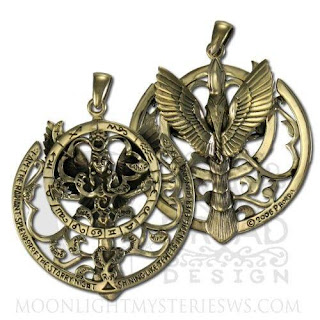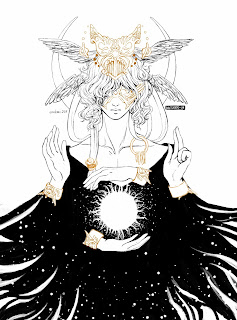What kind of soul is the Egyptian Ka?
Inspired by this old article by amateur linguist Glen Gordon (which may be deleted come this December due to Google's new inactive account policy), I thought I'd do my own. The Nephilim game uses "Ka" as the term for magical energy. This is derived directly from Ancient Egyptian ka and "kha" from The Radix Tetrad (from whence also comes the game's use of "voor" ). But what did it mean to the Ancient Egyptians? We'll never know exactly from the records we have, but Glen Gordon's article posits that our modern interpretation is wrong and the three Egyptian souls ( ka , ba and akh ) are better thought of as layers or modes. (Gordon provides speculative pronunciation of the Egyptian words, but Wiktionary disagrees. His speculative pronunciation is *kuˀ , *baˀ and *ˀaḫ , whereas Wiktionary provides *kuʀ , *biʀ and *ʀiːχuw .) In Gordon's proposed scheme, the ka is the outermost layer, the ba is the middle layer, and the akh is the

